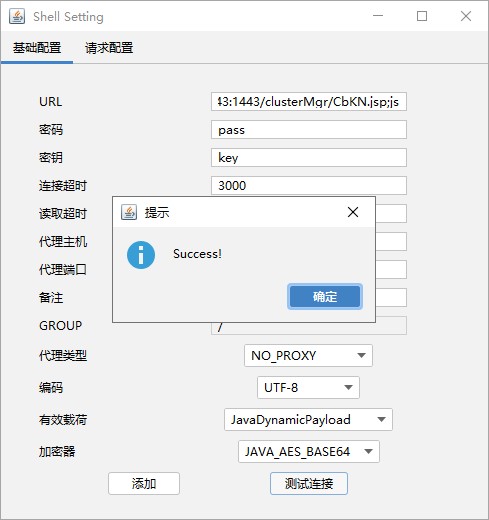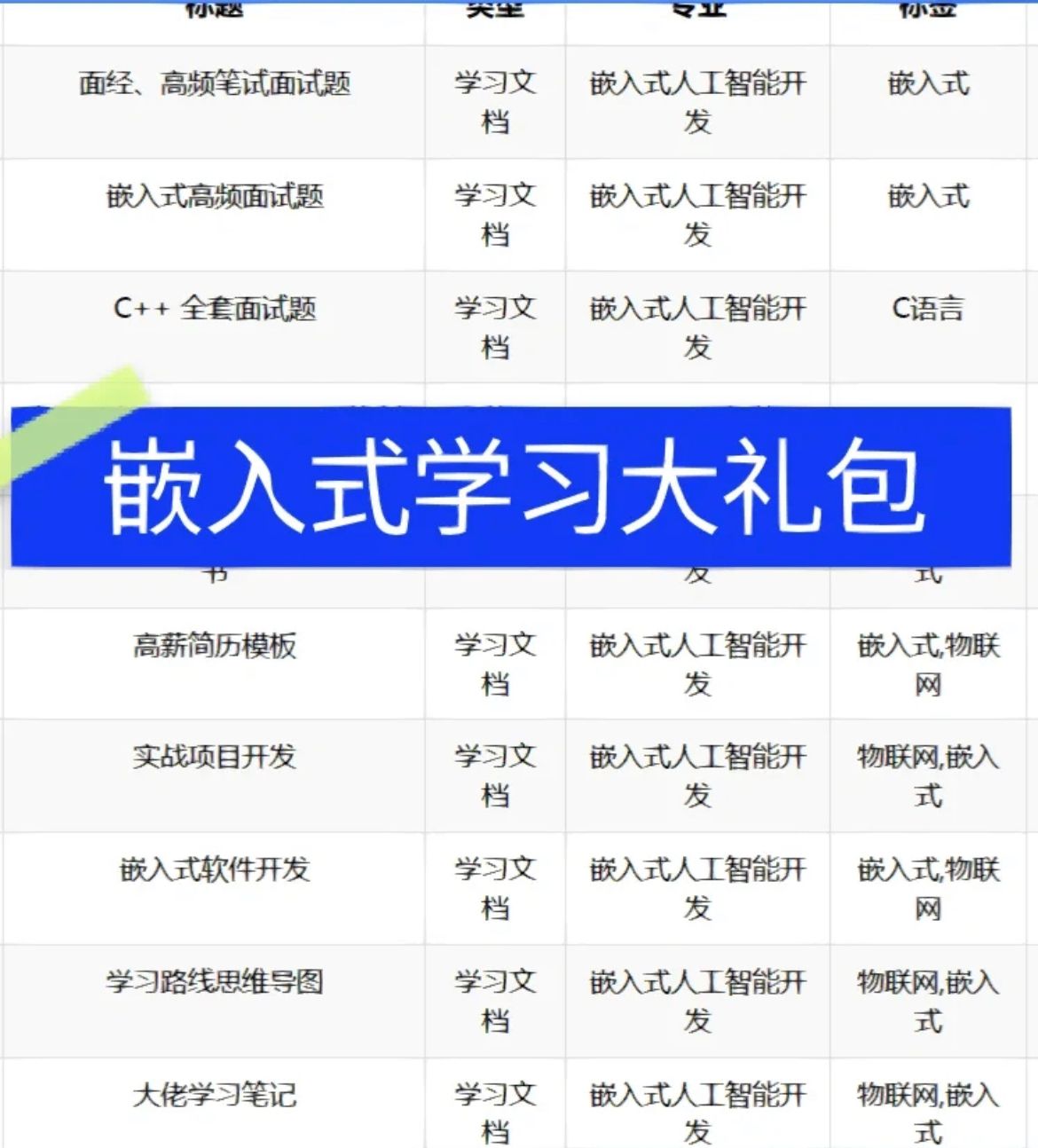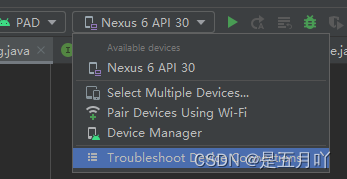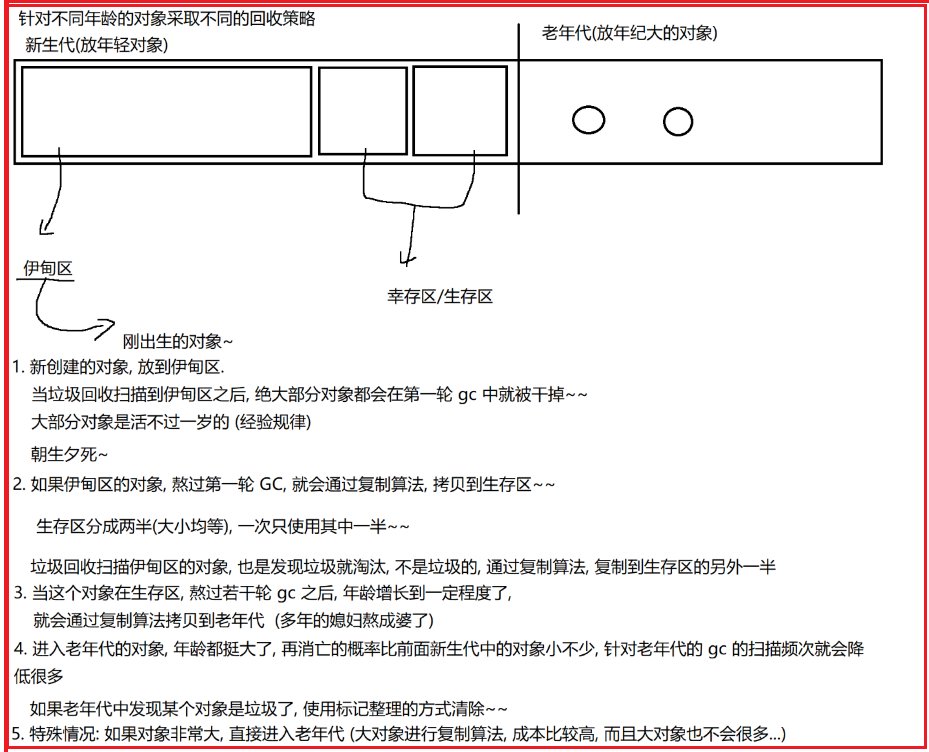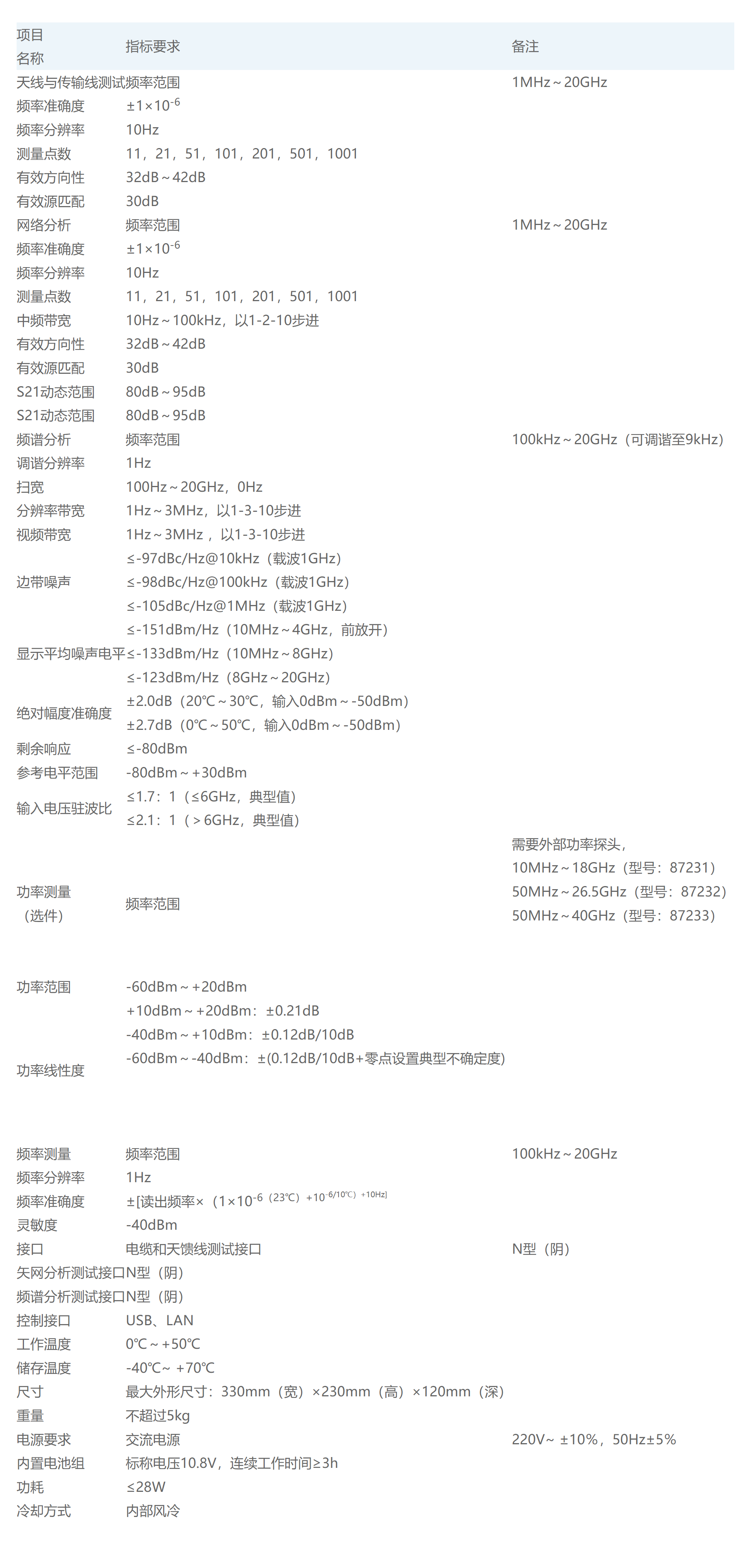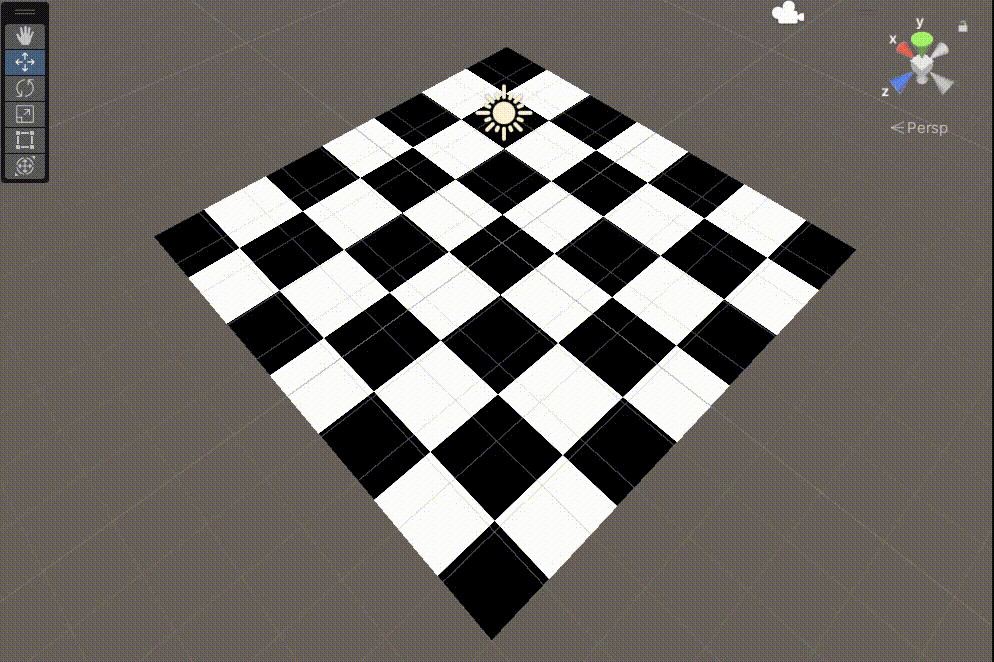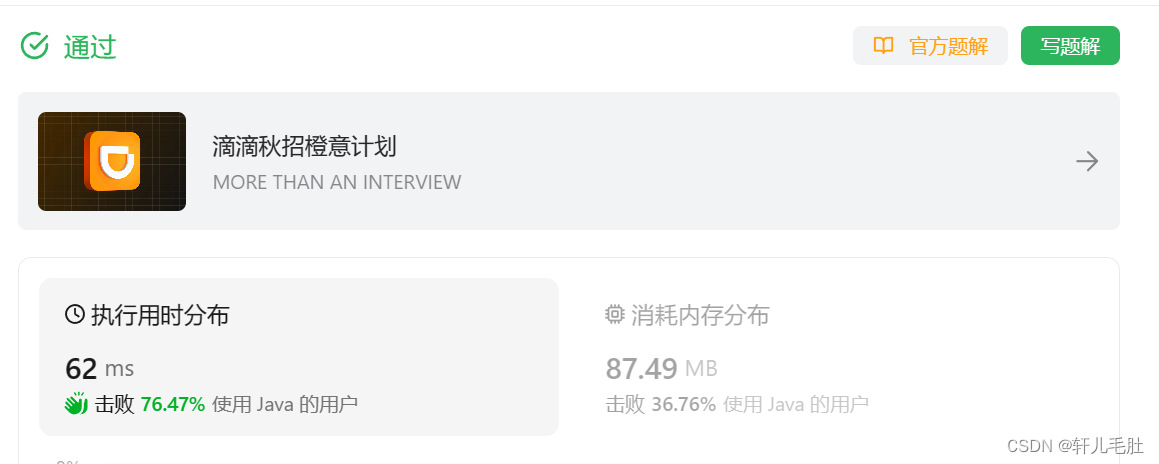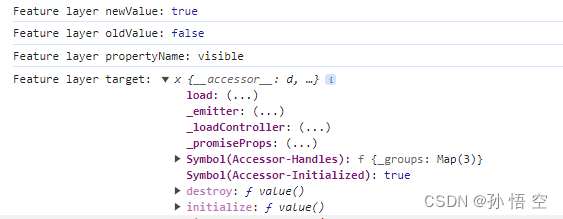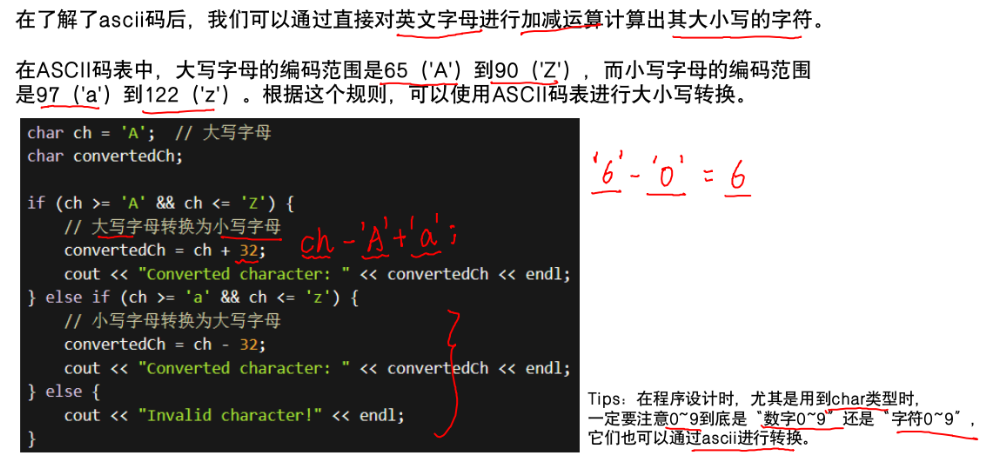文章目录
- 一. 函数input()的工作原理
- 1. 编写清晰的程序
- 2. 使用int()来获取数值输入
- 3. 求模运算符
- 二. while循环简介
- 1. 使用while循环
- 2. 让用户选择何时退出
- 3. 使用标志
- 4. 使用break退出循环
- 5. 在循环中使用continue
- 三. 使用while循环处理列表和字典
- 1. 在列表之间移动元素
- 2. 删除为特定值的所有列表元素
- 3. 使用用户输入来填充字典
将学习:
- 如何在程序中使用input()来让用户提供信息;如何处理文本和数的输入
- 如何使用while循环让程序按用户的要求不断运行;
- 多种控制while循环流程的方式:设置活动标志、使用break语句以及使用continue语句;
- 如何使用while循环在列表之间移动元素,以及如何从列表中删除所有包含特定值的元素;
- 如何结合使用while循环和字典。
一. 函数input()的工作原理
函数input()让程序暂停运行,等待用户输入一些文本。获取用户输入后,Python将其赋给一个变量,以方便你使用。
1. 编写清晰的程序
name = input("Please enter your name: ")
print(f"\nHello, {name}!")
# Please enter your name: gao
# Hello, gao!
输出多行提示
prompt = "If you tell us who you are, we can personalize the messages you see."
prompt += "\nWhat is your first name? "
name = input(prompt)
print(f"\nHello, {name}!")
2. 使用int()来获取数值输入
使用函数input()时,Python将用户输入解读为字符串。如下例子:
age = input("How old are you? ")
print(age >= 18 )

使用函数int()将数的字符串转换为数值:
age = input("How old are you? ")
print(int(age) >= 18 )
# How old are you? 22
#True
3. 求模运算符
求模运算符(%)将两个数相除并返回余数:
>>> 4 % 3
1
>>> 5 % 3
2
>>> 6 % 3
0
>>> 7 % 3
1
判断一个数是奇数还是偶数:
number = input("Enter a number, and I'll tell you if it's even or odd: ")
number = int(number)
if number % 2 == 0:
print(f"\nThe number {number} is even.")
else:
print(f"\nThe number {number} is odd.")
# Enter a number, and I'll tell you if it's even or odd: 42
# The number 42 is even.
二. while循环简介
for循环用于针对集合中的每个元素都执行一个代码块,而while循环则不断运行,直到指定的条件不满足为止。
1. 使用while循环
current_number = 1
while current_number <= 5:
print(current_number)
current_number += 1
2. 让用户选择何时退出
可以使用while循环让程序在用户愿意时不断运行。
prompt = "\nTell me something, and I will repeat it back to you:"
prompt += "\nEnter 'quit' to end the program. "
message = ""
while message != 'quit':
message = input(prompt)
if message != 'quit':
print(message)
直到用户输入为quit程序才退出。
3. 使用标志
在要求很多条件都满足才继续运行的程序中,可定义一个变量,用于判断整个程序是否处于活动状态。 这个变量称为标志(flag),充当程序的交通信号灯。
可以让程序在标志为True时继续运行,并在任何事件导致标志的值为False时让程序停止运行。
这样,在while语句中就只需检查一个条件:标志的当前值是否为True。然后将所有其他测试(是否发生了应将标志设置为False的事件)都放在其他地方,从而让程序更整洁。
prompt = "\nTell me something, and I will repeat it back to you:"
prompt += "\nEnter 'quit' to end the program. "
active = True
while active:
message = input(prompt)
if message == 'quit':
active = False
else:
print(message)
4. 使用break退出循环
要立即退出while循环,不再运行循环中余下的代码,也不管条件测试的结果如何,可使用break语句。
prompt = "\nPlease enter the name of a city you have visited:"
prompt += "\n(Enter 'quit' when you are finished.) "
while True:
city = input(prompt)
if city == 'quit':
break
print("get") # 将不会执行这一行
else:
print(f"I'd love to go to {city.title()}!")
注意: 在任何Python循环中都可使用break语句。例如,可使用break语句来退出遍历列表或字典的for循环。
5. 在循环中使用continue
跳过本次循环,本次之后的代码不执行。
current_number = 0
while current_number < 10:
current_number += 1
if current_number % 2 == 0:
continue # 当是偶数时跳过下面执行的
print(current_number)
三. 使用while循环处理列表和字典
1. 在列表之间移动元素
假设有一个列表包含新注册但还未验证的网站用户。验证这些用户后,如何将他们移到另一个已验证用户列表中呢?
unconfirmed_users = ['alice', 'brian', 'candace']
confirmed_users = []
# 验证每个用户,直到没有未验证用户为止。
# 将每个经过验证的用户都移到已验证用户列表中。
while unconfirmed_users:
current_user = unconfirmed_users.pop()
print(f"Verifying user: {current_user.title()}")
confirmed_users.append(current_user)
# 显示所有已验证的用户。
print("\nThe following users have been confirmed:")
for confirmed_user in confirmed_users:
print(confirmed_user.title())
# Verifying user: Candace
# Verifying user: Brian
# Verifying user: Alice
#
# The following users have been confirmed:
# Candace
# Brian
# Alice
2. 删除为特定值的所有列表元素
# 删除所有的cat
pets = ['dog', 'cat', 'dog', 'goldfish', 'cat', 'rabbit', 'cat']
print(pets)
while 'cat' in pets:
pets.remove('cat')
print(pets)
3. 使用用户输入来填充字典
#收集爬山者
responses = {}
# 设置一个标志,指出调查是否继续。
polling_active = True
while polling_active:
# 提示输入被调查者的名字和回答。
name = input("\nWhat is your name? ")
response = input("Which mountain would you like to climb someday? ")
# 将回答存储在字典中。
responses[name] = response
# 看看是否还有人要参与调查。
repeat = input("Would you like to let another person respond? (yes/ no) ")
if repeat == 'no':
polling_active = False
# 调查结束,显示结果。
print("\n--- Poll Results ---")
for name, response in responses.items():
print(f"{name} would like to climb {response}.")
参考:《Python编程:入门到实战(第2版)》
